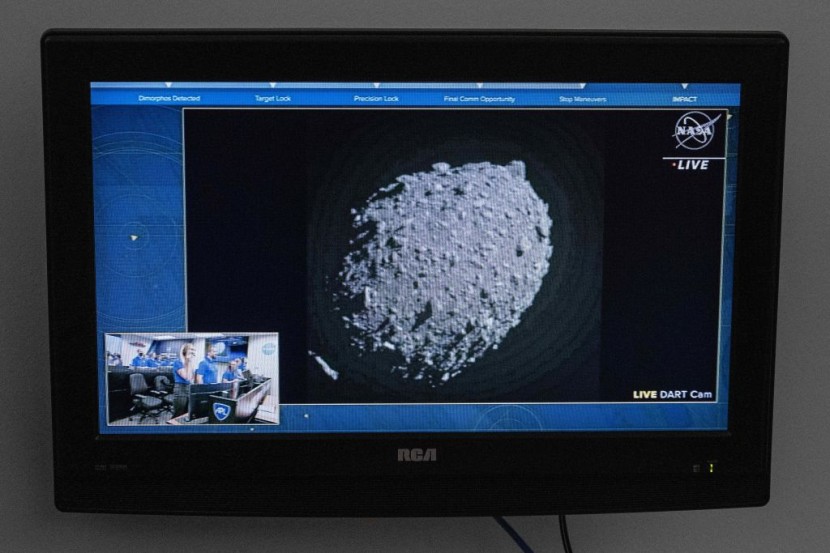NASA warned that an asteroid the size of a bridge, which is "potentially dangerous," is passing by Earth this week.
The space agency warned that two more asteroids are barreling near our home planet in the same period.
NASA Warns 'Potentially Dangerous' Asteroid is Passing By Earth

As per a report by Live Science, the asteroid, named 1994 XD, is estimated to be about 1,500 feet wide or roughly the same size as the Brooklyn Bridge in New York City, NASA's Jet Propulsion Laboratory says. Besides the Brooklyn Bridge, the asteroid resembles the size of the iconic Dubai building, the Burj Khalifa, the tallest building here on Earth.
The giant rock is passing by within 1.9 million miles of our home planet, Earth. And as such, the asteroid brings no danger of hitting our humble abode. ABC 7 Chicago notes that the distance is around eight times the average between our home planet and the moon. In perspective, it is closer than Venus by roughly 20 times.
While this may seem like a safe distance, it is still considered "potentially dangerous" because it is large enough to cause significant damage if it impacts Earth. So even if an asteroid typically barrels nearby our planet, the 1994 XD receives NASA's special classification, filing it under "potentially hazardous object." The space agency also notes that its proximity plays a role in its classification.
Besides its size, the giant rock passes by Earth at extreme speeds. NASA Center for Near Earth Object Studies says that the asteroid travels up to 48,000 miles per hour, making it impossible for our naked eyes to see.
Two More Asteroids to Barrel Nearby Earth
According to the Jerusalem Post, two more asteroids are passing by Earth this week after the 1994 XD's close encounter. Both additional asteroids are nearly as big as an average airplane.
Asteroid 2023 LA, about 53 meters in diameter and as large as 133 bottlenose dolphins, is passing by our home planet. On the other hand, the other asteroid is around 38 meters in diameter. It is estimated to be the same size as seven beluga whales combined. Live Science notes that a recent study states that the Earth is free from the risks of asteroids hitting us for the next 1,000 years.
But despite that, asteroids are passing by our home planet occasionally. While the potential of smashing our planet is still far-fetched, NASA and other space agencies are already gearing up to tackle the possible scenario. The US space agency concluded its Double Asteroid Redirection Test or DART mission in 2022, smashing an asteroid with a rocket to alter its direction away from us.
Related Article : Firefly Sets August Target for Launch of Batch of NASA CubeSats








